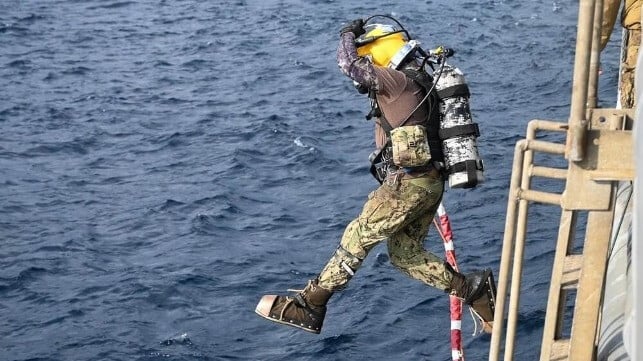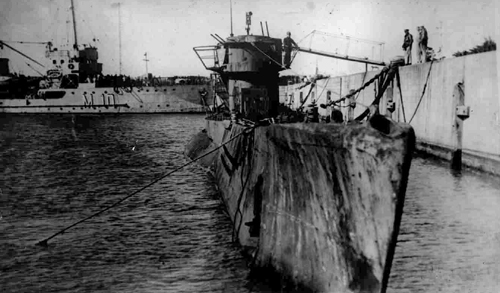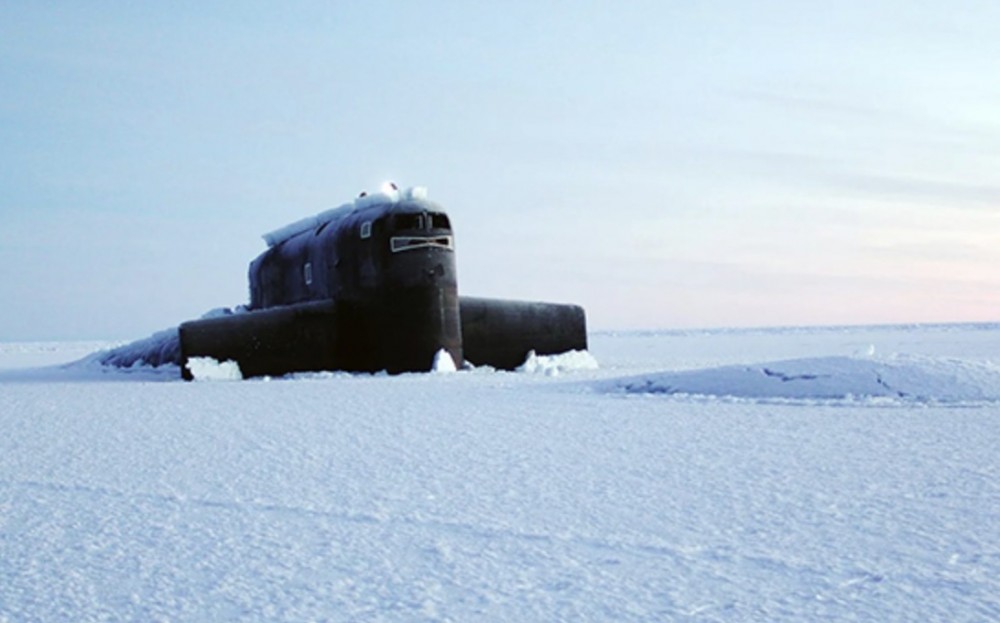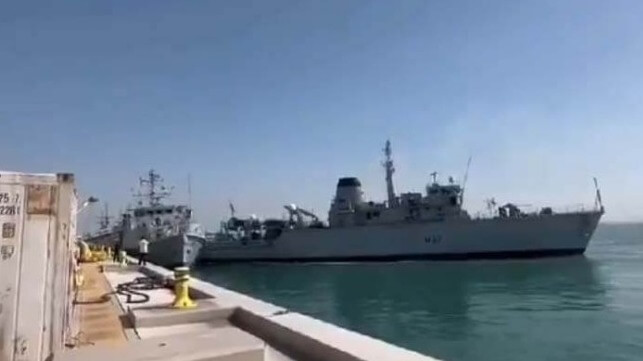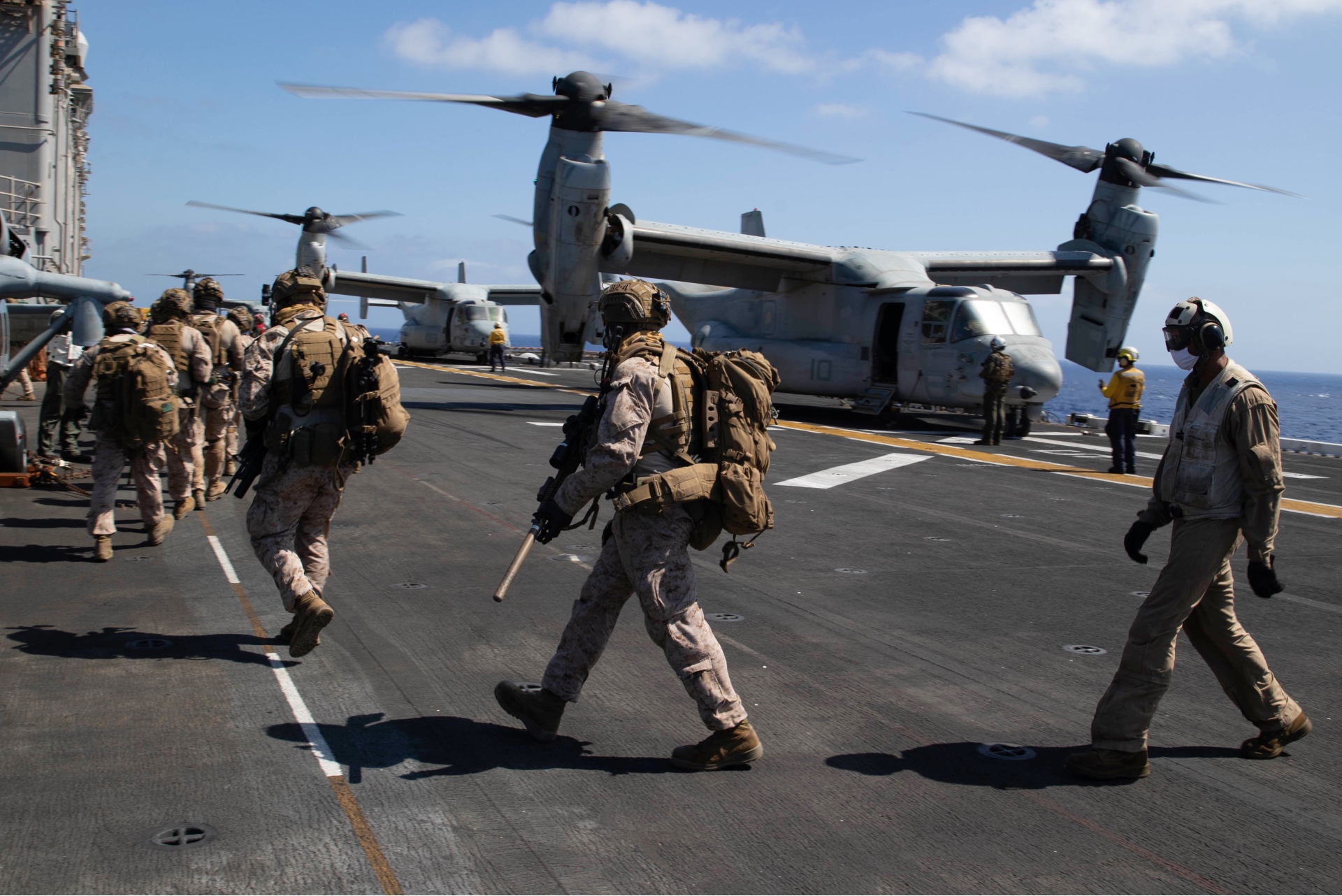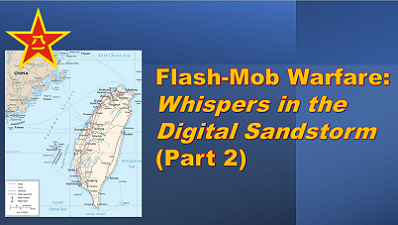- Messages
- 34,167
- Reaction score
- 5,800
- Points
- 288
Black Tears of Pearl Harbor
Dec 7, 202315:38
Eighty-two years ago today, a surprise attack on Pearl Harbor claimed 2,403 American lives and gave birth to the Greatest Generation. We will never forget their service, their sacrifice or their legacy.
Looking back more than 80 years, Naval Historian, Jan Herman discusses the details of the Pearl Harbor Attack. On December 7, 1941, more than 2,400 U.S. personnel were killed and 19 U.S. Navy ships were damaged or destroyed in the attack. Jan Herman describes what it was like for 3 veterans of the attack. Lee Soucy served on the USS Utah and just made it off the ship before it was sunk. Dorie Miller heroically fired at the Japanese planes with an antiaircraft gun. Sterling Cale handed out rifles to fellow sailors and later retrieved bodies from the USS Arizona.
As President Franklin Roosevelt stated in his Declaration of War delivered to Congress the very next day: “No matter how long it may take us to overcome this premeditated invasion, the American people in their righteous might will win through to absolute victory.” He, as commander in chief, the armed forces of the United States, and the American people, made good on that pledge.

